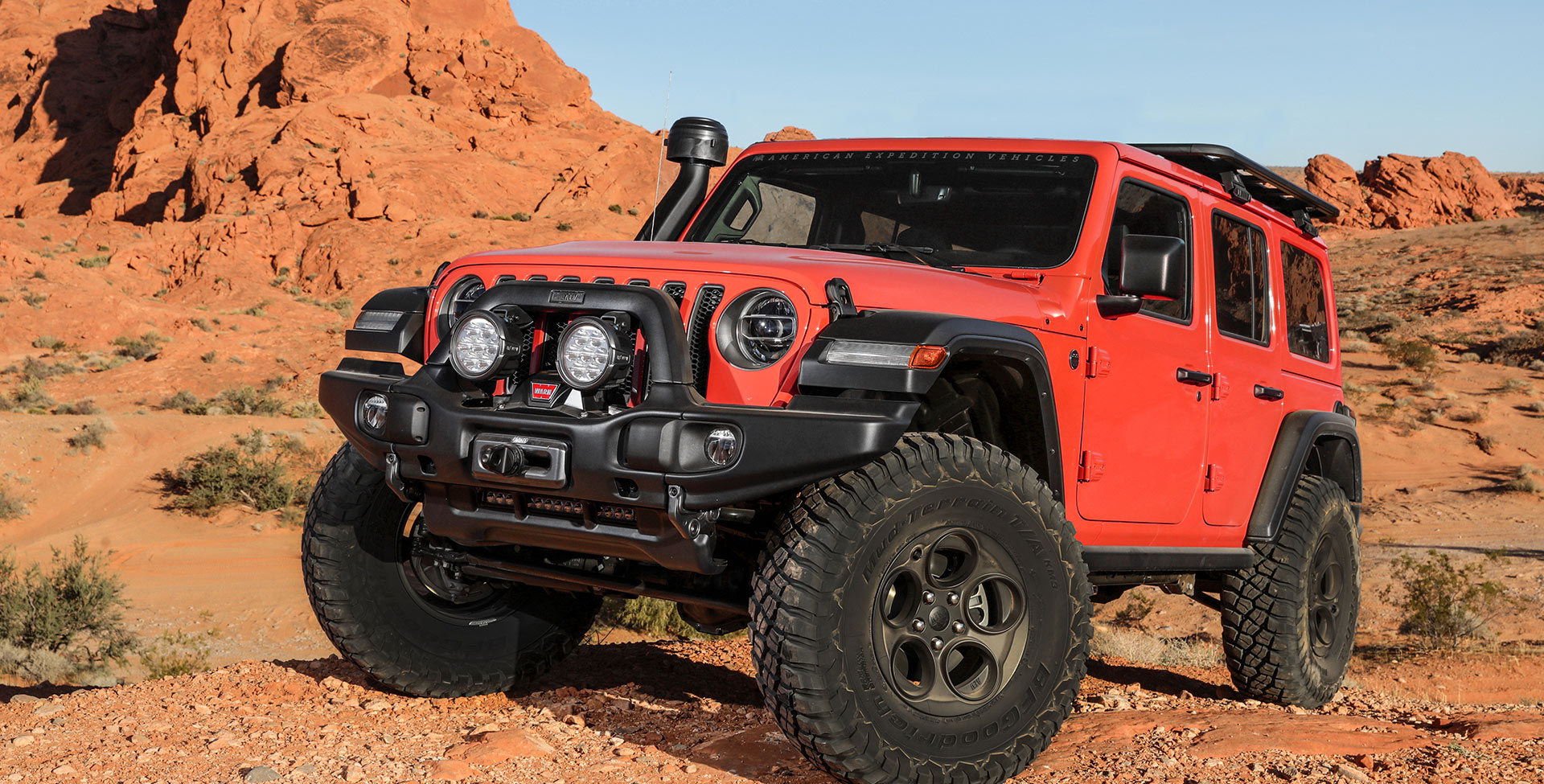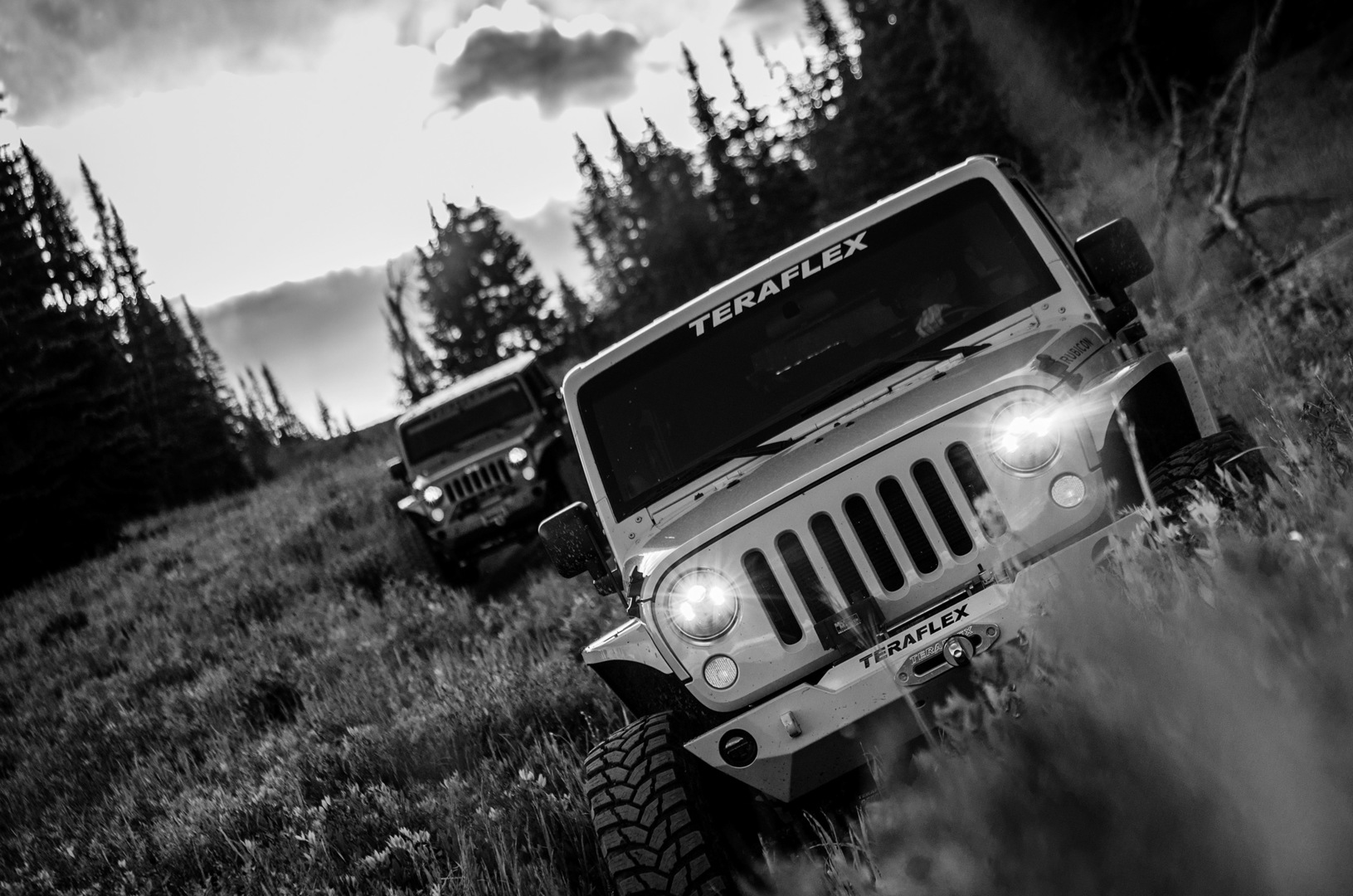I don't know the Jeep exactly. So I can't say much about the exact vehicle, only in principle. But I have in my mind that the Jeep doesn't have a particularly high payload and of course you still have to comply with that, also pay attention to axle loads!
I would observe very closely how the handling of the vehicle changes. RTTs are often attached to the rear and top of the vehicle. This is an unfavorable position for a high additional load. This could have a major impact on handling and safety. Perhaps a different suspension or a change in adjustment of the suspension is necessary or a at least a good investment in terms of ride comfort and safety. It can also work well with the original suspension. You should drive carefully anyway with a heavier load. If I were you, I would try it with the original suspenstion setup first, as
@MazeVX has already said above.
In any case, it is not enough to simply install a lift. Suspensions must be exactly adjusted to the intended use and vehicle (weight, weight distribution, wheel loads, offroad or rather overlanding, etc.) to have an added value and to be safe. If this is not taken into account, it can even be worse than with an original suspension (which usually finally experts and engineers have adjusted exactly to this vehicle). It's going into a lot of detail now, but just for the sake of completeness: suspensions naturally wear out over time, and then they have to be replaced and readjusted. But I assume that this is not yet the case with a Jeep that is about 2 years old only.
Drive carefully with high roof loads and also keep in mind the new overall height. A corresponding sticker in the field of view can be a good help here.
Enjoy overlanding with your new RTT!









